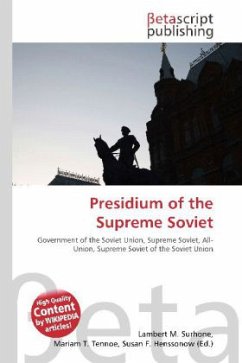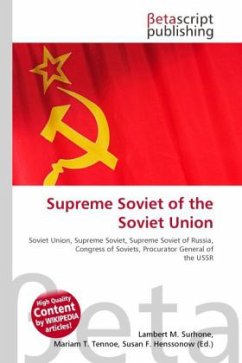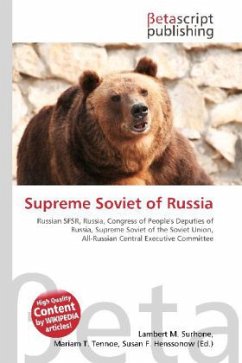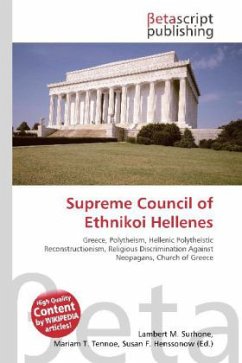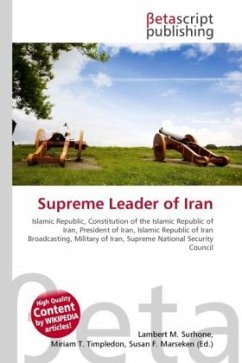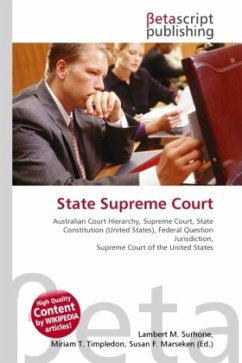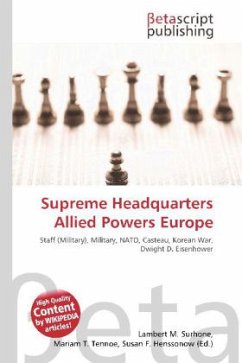Please note that the content of this book primarily consists of articles available from Wikipedia or other free sources online. The Supreme Soviet (Russian: , Verkhóvnyj Sovét) was the common name for the legislative bodies (parliaments) of the Soviet socialist republics (SSR) in the Soviet Union. These soviets were modeled after the Supreme Soviet of the Soviet Union, established in 1938, and were nearly identical. Soviet-approved delegates to the Supreme Soviets were periodically elected in unopposed elections. The first free or semi-free elections were held during the perestroika in late 1980s. The soviets were largely rubber stamp institutions, approving decisions handed to them by the Communist Party of the Soviet Union or of each SSR. The soviets met infrequently (often only twice a year for only several days) and elected the Presidium of the Supreme Soviet, a permanent body, to act on their behalf while the soviet was not in session. The chairman of the presidium was the de jure head of state. The Supreme Soviets also elected the Council of Ministers, an executive body. After the dissolution of the Soviet Union in late December, 1991, each of these soviets became the legislatures of independent countries.


